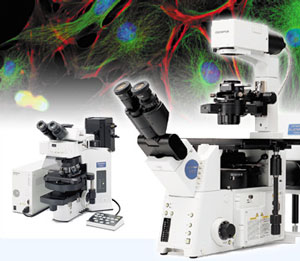The jury is out on the newest Olympus. The innovative camera maker, pioneering the Four Thirds and then Micro Four Thirds standards, angers trolls and pleases loyal users with its bold OM-D E-M1. Working photographers and pros alike, here’s an as matured as compact camera that “only the most neurotic pixel peeper will find anything to kvetch about”, says Luminous Landscape. Olympus may finally have conquered Moore’s law. It doesn’t matter much anymore how big a pixel and sensor is. The gap between imaging devices — cameras and smartphones alike — closes.
New imaging devices are less about performance differences than individual preferences and needs. Every camera delivers. In capable hands, an iPhone shines the way a $6,799 1D X can — hey, the Canon has only twice as many pixels, ‘Nuff said, ignoring that pixel count is only one of many factors that affect image quality. Yet this trend away from bulky “pro” gear has a vast impact on the photography industry.
Smartphone cameras are getting more sophisticated. Samsung’s Galaxy S4 is equipped with a 13MP sensor. Sony’s latest Xperia Z1 comes with optional zoom lens attachment. Nokia’s Lumia 1020 with a (downsampling) 41MP camera and Zeiss optics already attracts the attention of pro photographers — have a look at Nokia’s dedicated photography microsite.
Now here’s an interesting article on the topic. redOrbit asked fellow blogger colleagues Ken Rockwell and Steve Huff. The miniaturization of gear and democratization of photography is not about to replace professionals. But how about in a few years? Steve Huff:
Even though I always have my phone camera, I still use my traditional cameras for 95% of my shooting. But that is now, today, 2013. I suspect that within two to five years that there will be some incredible technology built into these devices where we may not really need or even want a dedicated camera, but… I am an enthusiast. I love cameras and I love old classic lenses. I love the tactile feel, the operation, the results and looking through a viewfinder. That is something I do not get with my smartphone.
Soon, these phones will have camera level quality built in. Photographers enjoying the camera experience will not become extinct. But will the market be large enough to keep camera companies afloat for the next 10 to 15 years?
Shifts from old to new gear are nothing new, says Ken Rockwell. The iPhone replaced the point-and-shoot camera for people’s snapshots (popular 1980s to 2005), which replaced the Instamatic of the 1960s-1970s, which replaced the Brownie of the 1st half of the 20th century, which replaced the original Kodak of the late 1800s.
But doomsday has arrived already for pro photographers, says Rockwell:
The digital camera replaces most pro photographers. Like milkmen, TV repairmen, watchmakers and horse-drawn buggy drivers replaced by newer technology, the pro photographers of the past exist mostly in people’s memories today. Sure, we still have milkmen and the others (a milk truck comes down my street every week), but we no longer have or need pro photographers like we used to. The few at the top will still be needed, but the guy you hired to take wedding or baby portraits or real estate listing photos is long gone because people can do it themselves easier.

Sales of compact models have slumped as smartphones displace the point-and-shoots that were the biggest part of the market, we learn Now higher margin DSLR models — a market 80% controlled by Canon and Nikon — are slowing as well. Says a market analyst who recommends selling shares of both industry leaders:
There are too many players. It’s going to be tough for smaller camera makers even to remain in the business as competition between Canon and Nikon will likely intensify.
Camera makers need to seek new growth drivers — such as medical equipment that uses image capturing sensors and processors. Olympus, which started in 1919 as a maker of microscopes and thermometers, plans to stop SLR development, closed a Beijing camera plant this year and suspended its cheapest compact camera line. Since the tie-up with Sony in April the joint venture will focus on the development of medical equipment.

Cosmetics and film seem worlds apart, but Fujifilm simply applies the four basic film-related technologies collagen research, light analysis and control, antioxidation and original nanotechnology.
Nikon, founded in 1917, first supplied binoculars and optical gear to the Japanese military. Armed forces have deep pockets and still need optics. Today, Pentax’ military orders for scopes and binoculars are the company’s probably most profitable business.
You heard it a million times already, but the best camera is the one with you when needed.
Quite likely that Canon and Nikon miss the boat and fail to keep up with the changes of time. They’re under pressure to take risks to do something drastic. The future is here already — just to mention Google Glass and convergence devices.
Innovate. Or Die.


